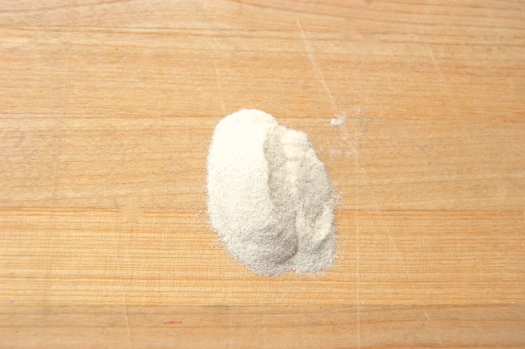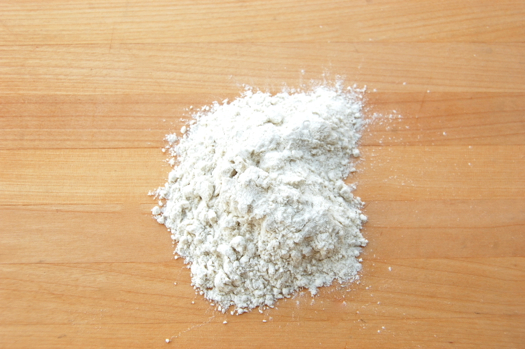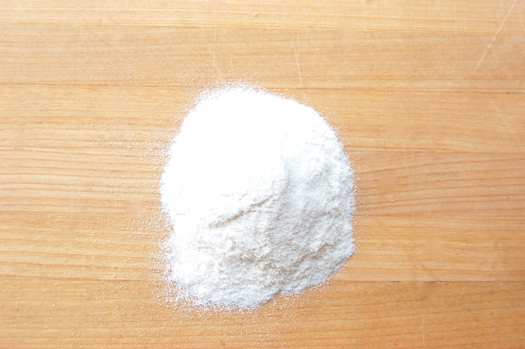Next Up: Strawberries Romanoff
Enough of the technical mumbo-jumbo. My brain is polluted with tensile strength, pseudoplasticity and thermo-reversibility. Time to find relief in some simplicity. Strawberries Romanoff should do the trick. This is one of those preparations you’ve probably seen on a menu but never tried. The hot and gooey death-by-chocolate puddings are always calling, aren’t they? I feel your pain.
READ ON




